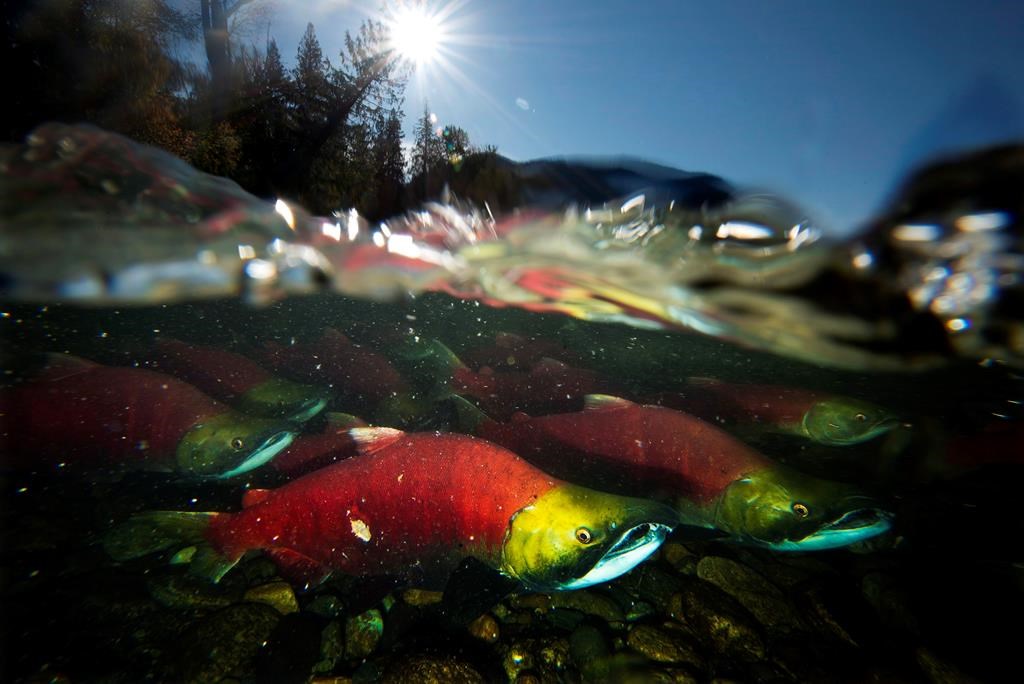For the first time since 2018, droves of locals, school groups and tourists are descending on Tsústwecw Provincial Park to take in the 2022 Salute to the Sockeye festival, to celebrate another dominant year for the sockeye.

“The Adams River has sockeye return to the system every year, but every four years is referred to as the dominant run, which 2022 is and 2026 will be,” described Department of Fisheries and Oceans Canada Salute coordinator, Kim Hardacre.
The Secwépemc people of the Shuswap region have been recognizing the importance of the sockeye salmon return for centuries. The sockeye embark on a journey back to where they were born four years ago, after making their way to the Fraser River.
“Their journey is approximately 460 kilometres,” said Hardachre.
“They make that entire journey having eaten nothing, which is why we encourage people to come to the river and see this incredible run but also be very respectful of the fish because they’re a little tired.”
The festival is run by the Adams River Salmon Society, but this year, a historic team effort is taking place. The Little Shuswap Lake Band is also collaborating with the society, as well as the Department of Fisheries and Oceans, BC Parks and the Pacific Salmon Foundation.
- ‘Shock and disbelief’ after Manitoba school trustee’s Indigenous comments
- Several baby products have been recalled by Health Canada. Here’s the list
- Canadian food banks are on the brink: ‘This is not a sustainable situation’
- Invasive strep: ‘Don’t wait’ to seek care, N.S. woman warns on long road to recovery
One Indigenous member of the Neskonlith First Nation at the festival said he’s grateful for the opportunity to pass down knowledge and teachings to future generations.
“It’s an honour working with our non-native and native youth and then teaching them the culture, and making the spear, making the baskets,” said Gerry Thomas, a member of the Neskonlith First Nation.
Thomas says sharing the importance of the sockeye salmon cycle and what it means to the land is what keeps his heritage going.
“It’s a win-win situation, so we don’t lose our culture,” expressed Thomas
“Our culture is very important, and we share as much as we can, like my mom and grandma say, ‘if you share lots, we won’t lose it.’”
This year, the festival opened its gates to the public on Sept. 30, the day for National Truth and Reconciliation. Thomas said the move to use the event as an educational opportunity was a big step in the right direction.
“It was so great,” said Thomas.
“We also honoured the salmon for coming up, we honoured all the people, and the people that were in residential schools like myself. We all wore orange that day, and then I did my bear dance to get back into my culture.”
While an estimated 2.15 million salmon entered the Fraser River, there is no specific data showing just how many sockeye salmon returned to the Adams River so far. That data is expected to be released sometime in February of 2023.
From now until Oct. 23, visitors can take in the largest sockeye salmon run in North America from 8:30 am to 4:30 pm.




Comments